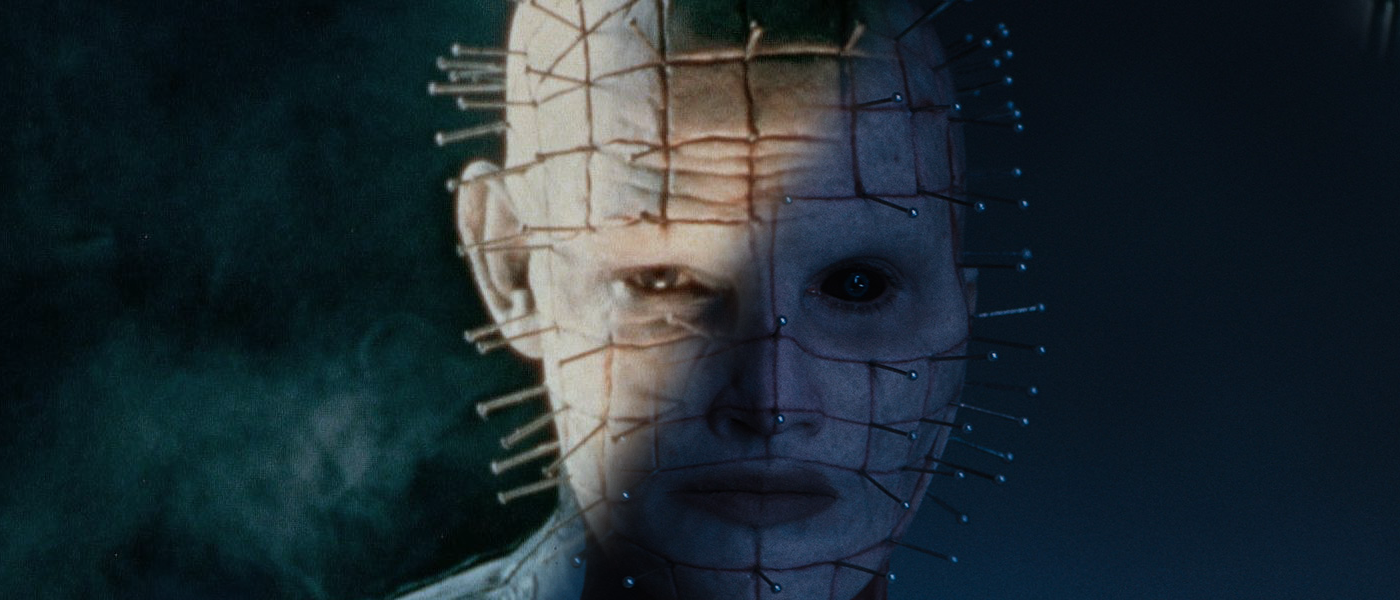A remake is basically impossible to watch without considering the original, for better and for worse. From The Omen to Friday the 13th, nothing is immune from being remade, and nothing has done it so well as to divorce itself from its source. The trouble with Hellraiser is that “remake” isn’t really the appropriate word here. It’s more a reimagining, for better and for worse.
The 1987 film is a faithful adaptation of the novella, The Hellbound Heart, with a few minor changes (how characters know each other and names, for the most part). It’s a story of lust and limits, what drives us and how willing we are to pursue it. A gory fable about the human condition with an interdimensional twist.
Hellraiser (2022) is a similar tale so far as its depth and purpose, but the trappings contrast sharply. The story of lust lost is replaced with one of addiction, recovery, and trust. Rather than try to recapture the story of Julia Cotton, we’re given Riley—a twenty-something with a history of substance abuse. It’s also a less isolated story, with more locations and faces.
It shouldn’t be said that it’s a change for the better, but rather a change to a different good. Riley is joined by friends as she works to unravel the mystery that is the puzzle box, not to solve it but to understand it. Though she is eventually propositioned with the idea of using the box to reclaim her cenobite-snatched brother.
This is a particularly interesting element. While the franchise does a good deal establishing the mythology of the Hellraiser universe, the first movie doesn’t do much on its own. By contrast, the 2022 film pulls together a tight mythology, establishing a lot of key ideas, figures, and items from the lore in a neat pile. It’s comprehensive while leaving room for more, and that’s the big draw. We’ve seen just a little of what can be experienced in this new rebooted universe.
Which brings us back to the early idea that “remake” isn’t the right word here. The film adapts a basic concept of puzzles and otherworldly brutality as an exploration of human struggles. That’s where the resemblance stops for the most part. The ever famous cenobites also make an appearance, many of the originals with analogs in the new film (Butterball notably missing). However, their aesthetic is both more refined and less knowable.
The leather and latex look is shed entirely, fully exposing the gruesome landscape that is the cenobite bodies. The form is humanoid, but their overall look feels more untethered from our reality than in the 1987 film. In a way, it clarifies the point that these are beings from another dimension rather than angels or demons in a traditional sense. It’s a bold and confident look, and one the makeup department pulls off with aplomb.
Now as was said at the start of this, remake is not the appropriate work. It’s a reimagining, a retooling of a concept into a new story for a new age, with all the sensibilities of modern cinema. Which is the better film? It’s impossible to say. They offer up different things at different times. They make effective use of their stories and time. Hellraiser (2022) is a worthy addition to the franchise, and the horror canon at large, but it doesn’t displace the original film either.



